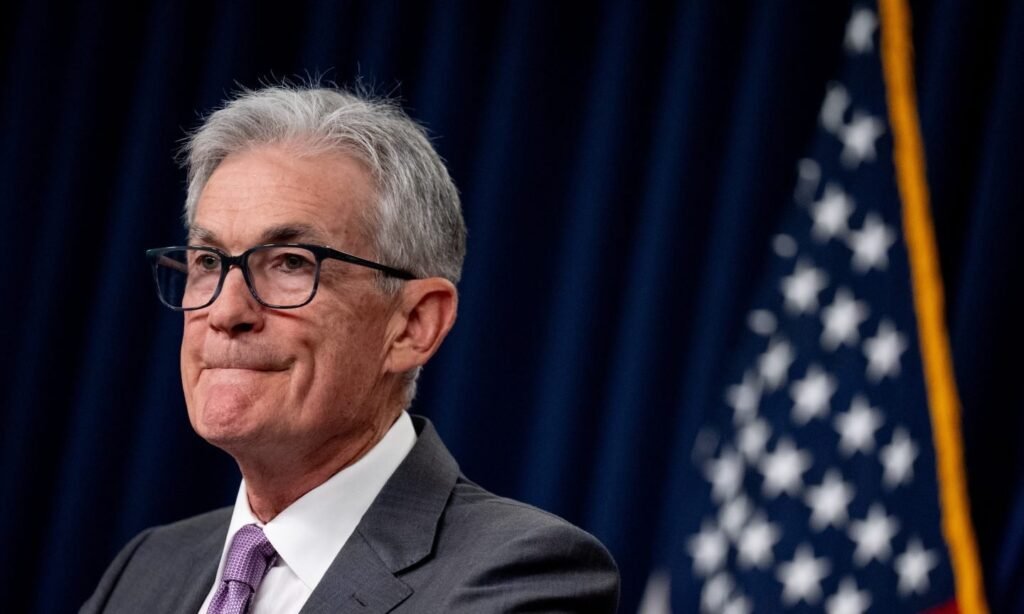There is growing speculation that the Federal Reserve, which chose not to lower rates at its July meeting despite a slowdown in inflation, may not wait until its September meeting to take action.
While the Fed typically does not make emergency moves, some are urging the central bank to do so in response to economic uncertainty and renewed concerns about a potential recession. The stock market and bond market experienced significant declines on Monday, partly in reaction to international market downturns and a jobs report indicating a slowdown in job growth. Unemployment rose to 4.3% in July, marking its highest level since October 2021.
Traders, economists, and commentators are now calling on the Fed to implement an emergency rate cut. There is a fear that the Fed may have waited too long to lower rates.
Did you know…
An emergency rate cut is an unscheduled action taken by the Federal Reserve to reduce the federal funds rate between scheduled meetings of the Federal Open Market Committee (FOMC). It is typically done in response to a significant economic crisis.
Jeremy Siegal, a prominent economist and professor emeritus of finance at the University of Pennsylvania Wharton School of Business, has called for a 75-basis-point emergency rate cut in the coming week and an additional rate cut at the Fed’s September meeting. Currently, traders are predicting a 60% chance of a 25-basis-point emergency rate cut in the near future, as reported by Bloomberg.
During a recent appearance on CNBC, Austan Goolsbee, President of the Federal Reserve Bank of Chicago, refrained from commenting on whether the Fed would implement an emergency rate cut.
The Fed’s decisions on rates – whether to cut, maintain, or raise them – have implications for banks, markets, and consumer products such as credit cards, mortgages, auto loans, and student loans.
Even if an emergency rate cut is not implemented, it is highly likely that the FOMC will do so at its upcoming meeting. The CME FedWatch Tool currently indicates a 100% likelihood of a rate cut in September, with an 80% chance of a 50-basis-point cut.
Should the Fed decide to cut rates by 50 basis points in September or earlier, it would be the largest decrease since the onset of the coronavirus pandemic.
The Federal Reserve’s History of Emergency Rate Cuts
The Federal Reserve has taken emergency action seven times in the past. The most recent instance was on March 3, 2020, in response to the economic impact of the rapid spread of the coronavirus pandemic. The Fed lowered the funds rate by 50 basis points, bringing it to 1% to 1.25%. Subsequently, at its scheduled meeting on March 14-15, 2020, the Fed further reduced rates to 0% to 0.25%.
Emergency rate cuts were also made in 2001, primarily due to the burst of the tech bubble and the September 11 terrorist attacks. During the 2008 financial crisis, the Fed implemented two emergency cuts in January and October of that year, leading to historically low rates that persisted for several years.
In contrast, the Fed has only made one emergency rate hike, which occurred in April 1994 in response to rising inflation.
The Fed’s April 1994 emergency rate hike remained the most significant upward adjustment until June 2022, when the Fed raised rates by 0.75% in response to a 40-year high in inflation. Subsequent rate increases took place at the Fed’s meetings in July and September 2022, culminating in a rate of 5.25% to 5.50% set on July 26, 2023, which has since remained unchanged.
(Photo by Andrew Harnik/Getty Images News via Getty Images)

